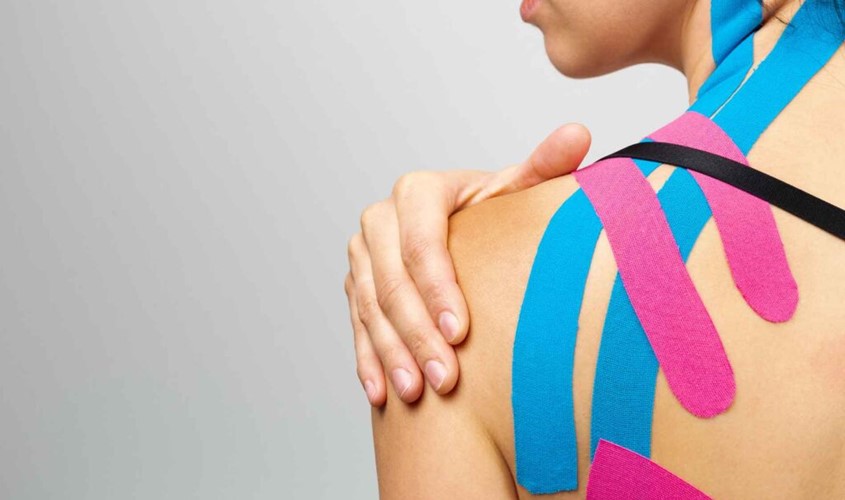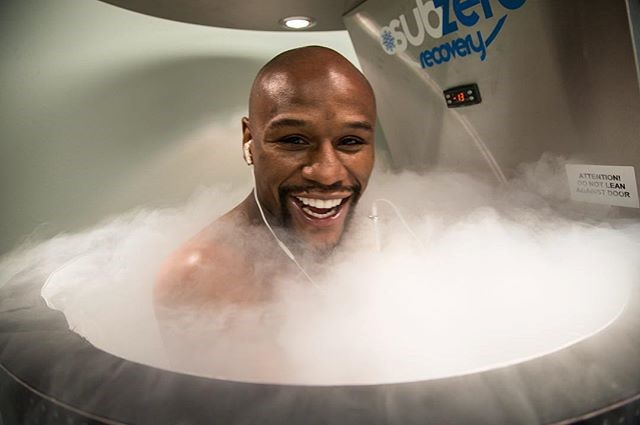Cupping, Taping, and Cryotherapy
Published: 14 April 2023

Usain Bolt, Michael Phelps, Paula Radcliffe.
They have all got one thing in common, outwith being exceptional athletes...
Somebody has told them to try out some special new technique to improve their recovery. This is usually because these athletes are already nailing the things that actually matter to recovery:
- Sleep
- Nutrition
- Hydration
- Programmed training cycles
- Strength and conditioning work
But are any of these special new techniques actually any good?
Cupping, taping, and cryotherapy have gained popularity in recent years as alternative therapies for pain and injury, but the scientific evidence behind these treatments is not as strong as some might believe.

Cupping, a practice that involves creating suction on the skin using glass or plastic cups, is often used for musculoskeletal pain relief. The majority of evidence has found no benefit beyond placebo. There are also concerns about the potential side effects of cupping, such as skin irritation and bruising (this is a common theme in the world of pseudoscience!).
Taping, another common therapy used to treat sports injuries, involves applying adhesive tape to the skin to support and stabilize muscles and joints. While some studies suggest taping can provide some short-term pain relief, there is next to no evidence that it actually improves function or accelerates healing. We always aim to have our athletes back playing without a reliance on tape - that's the job your ligaments and muscles should be doing!
Cryotherapy which involves exposing the body to extremely cold temperatures, is often used for post-exercise recovery and pain relief. While there is some evidence to suggest that it can reduce muscle soreness and inflammation, this can actually be detrimental to recovery as inflammation is an important part of the recovery cycle. Let's also be clear - there is no strong scientific evidence to support the use of cryotherapy for injury treatment or prevention.
It's important to remember that just because a therapy is popular or has been used for centuries does not necessarily mean that it is effective or safe. When considering alternative therapies, it's important to look at the scientific evidence and consult with a qualified healthcare professional to ensure that the treatment is appropriate for your specific condition.
In conclusion, while cupping, taping, and cryotherapy have gained popularity as alternative therapies for pain and injury, the scientific evidence behind these treatments is not as strong as some might believe. Before trying any alternative therapy, it's important to consult with a qualified healthcare professional and consider the available evidence to ensure that the treatment is safe and effective.
Rant over.
Robb and Arran
The Physio Clinic Glasgow